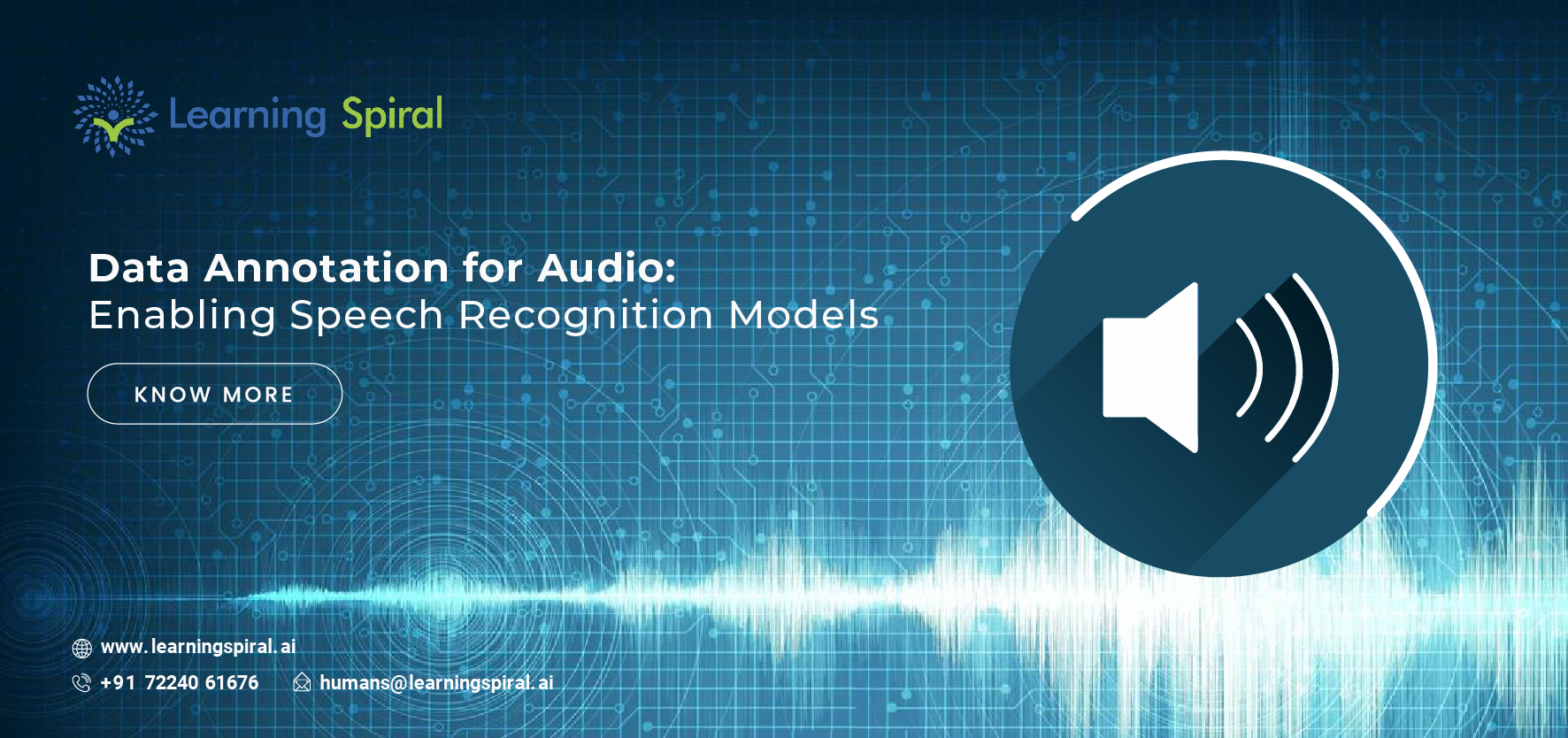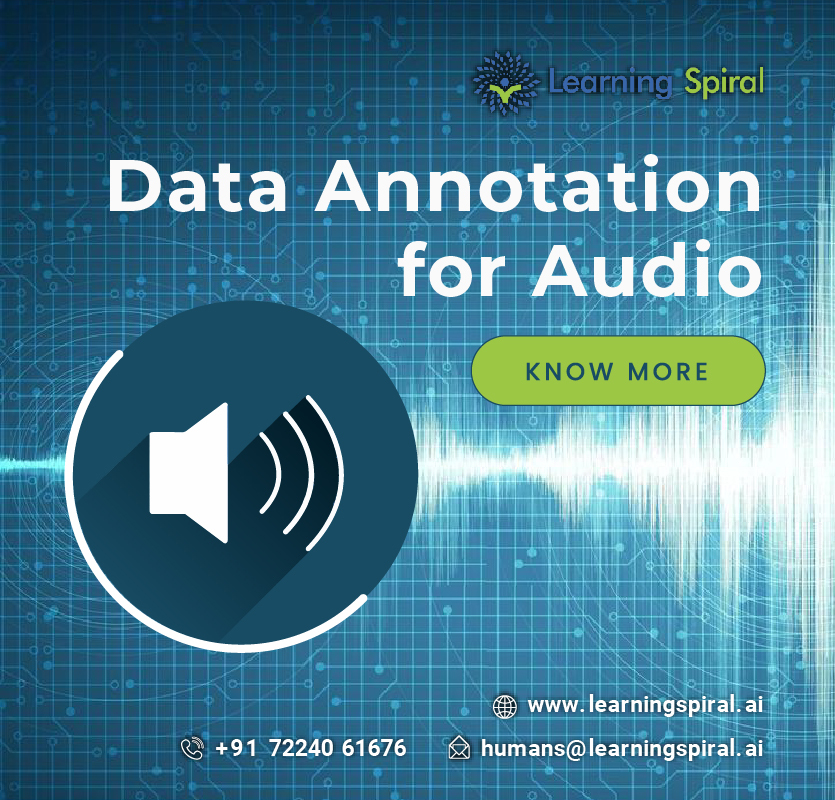
One of the biggest technical revolutions that changed the world for the better is speech recognition features. Speech recognition is the ability of a machine to understand human speech. This feature or service not only allowed humans to save time and made things far easier, but it also gave a chance to less-tech-friendly citizens to learn using technology.
This technology is found in a wide range of applications, including voice assistants, smart home devices, and dictation software. Hence, old people who are not as accustomed to using smartphones or computers can now easily give commands for using features via voice assistants.

How do Speech Recognition Models Work?
Speech recognition models are trained on large datasets of annotated audio data. This data must be labeled with the correct transcriptions so that the model can learn to associate audio patterns with words and phrases. Annotating audio data can be more complicated than text or image annotation due to the variety in speech modules, tones, or accents.
It requires annotators to understand both human speech and the specific acoustic features that characterize different words and sounds. However, there are several techniques that can be used to make the process more efficient and accurate.
One common approach is to use a speech-to-text transcription tool to generate an initial transcript of the audio data. This transcript can then be reviewed and corrected by a human annotator. This approach can save a significant amount of time, especially for large datasets.
Another important technique is to use a consistent labeling schema. This means using the same labels and definitions for all kinds of data. This helps ensure the data is consistent and easy to use for training speech recognition models.
In addition to these basic labels, there are a number of other factors that have to be considered while annotating audio data. Some of them are:
- Accent: The speaker’s accent makes all the difference as the program may wrongly recognise a word or phrase.
- Emotion: The speaker’s emotional state could also be a factor, as humans tend to misspell words in a fit of anger or sadness.
- Intent: The speaker’s intention in speaking could also make a huge impact.
- Background noise: Any noise in the audio clip that is not part of the speech signal.
If done accurately, the machine learning model will adapt to associate the audio patterns in the training data with the corresponding labels.
Data annotation is an essential part of the development of high-performing speech recognition models. By following the techniques outlined above, producing high-quality annotated data will be more accessible and more efficient, allowing speech recognition models to achieve their full potential.

